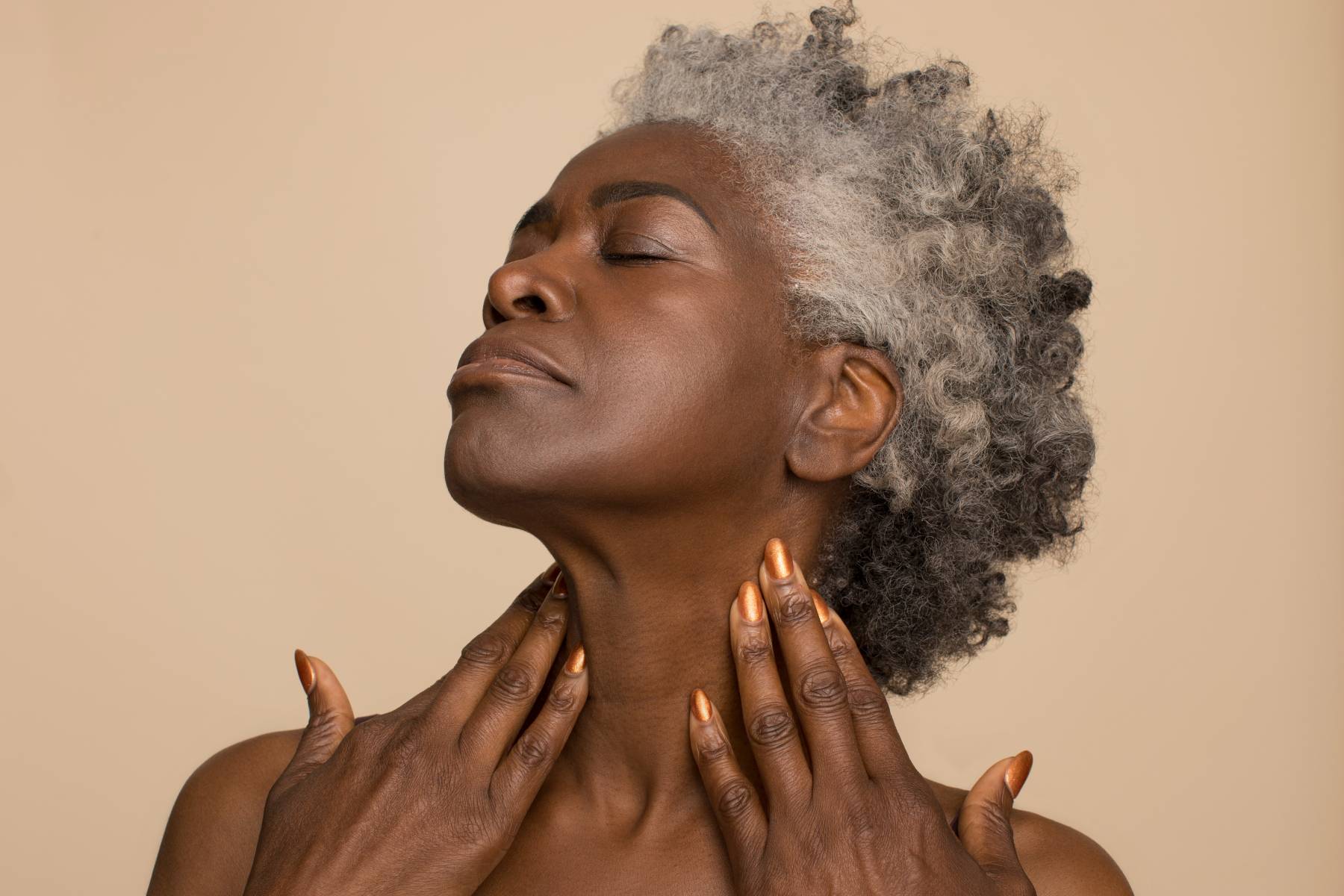Makeup Tips for Dry or Mature Skin: Nourish, Smooth, and Glow

Dry and mature skin types share a common challenge: how to wear makeup that looks fresh, feels comfortable, and enhances your natural beauty without emphasizing dryness, fine lines, or texture.
The good news? With thoughtful skin prep, the correct formulas, and intentional application techniques, you can create a smooth, radiant finish that lasts—especially when using natural, handmade complexion products like ours.
Prep with Moisture First
Makeup is only as good as the skin it’s applied to. For dry or mature skin, moisture isn’t just a nice-to-have—it’s essential. Without proper hydration, foundation can cling to dry patches or settle into fine lines.
How to do it:
- Start with a hydrating cleanser to remove impurities without stripping natural oils.
- Apply a lightweight, nourishing moisturizer. For extra-dry skin, add a few drops of beauty oil on top.
- Let your skincare absorb for at least 3–5 minutes before makeup so your base feels soft but not slippery.
Choose Creamy, Skin-Friendly Formulas
Dry and mature skin often needs formulas that move with the skin instead of sitting on top of it. Heavy powders or foundations loaded with drying fillers can accentuate texture.
Why our approach works:
- Cream-to-powder formulas offer the best of both worlds: a smooth, creamy application that sets to a soft, natural finish.
- Handmade products often avoid the harsh fillers and preservatives found in mass-market makeup, which can feel drying over time.
- Butters and plant-based oils (like African shea butter) provide comfort and nourishment throughout wear.
Apply in Thin, Buildable Layers
One of the most common mistakes for dry or mature skin is applying too much foundation at once. This can lead to a cakey look that emphasizes lines instead of blurring them.
How to do it:
- Start with a pea-sized amount and apply to the center of your face first—where you usually need the most coverage.
- Blend outward in thin layers until you achieve your desired look.
- Add more only where needed, such as redness around the nose or uneven spots on the cheeks.
Pro tip: Our Cream-to-Powder Foundation is pigment-rich, so you don’t need much to see results. A little does go a long way.
Warm the Product Before Applying
Natural formulas with nourishing oils and butters can benefit from a bit of warmth before application.
How to do it:
- Swirl your sponge or brush in the product to soften the texture.
- If applying with fingers, gently warm the foundation between your fingertips before pressing it into your skin.
- This makes the product more pliable, helping it glide over dry areas and blend without tugging.
Use the Right Tools for a Soft Finish
Your application tool can make a big difference in the final look.
- A dense, rounded brush helps buff cream-to-powder foundations into a smooth, even finish.
- A damp makeup sponge can sheer out coverage for an ultra-natural look.
- Fingers can work for quick application—just be sure to press, not rub, to avoid lifting dry patches.
Set Strategically
Powder can be tricky for dry or mature skin—too much and it can make your complexion look flat or emphasize texture.
How to do it:
- Apply a light dusting of setting powder only where needed—typically the T-zone, under eyes, or areas prone to creasing.
- Avoid setting the entire face unless necessary. This keeps your skin looking fresh and natural while still extending wear.
Add a Healthy Glow
A touch of radiance goes a long way in making dry or mature skin look vibrant.
- Cream blushes and highlighters blend seamlessly and won’t sit on top of the skin.
- Avoid glitter-heavy products; instead, choose formulas with a soft, skin-like sheen.
Final Thought
Dry or mature skin doesn’t need to shy away from foundation—it’s all about choosing formulas that nourish, applying them thoughtfully, and enhancing your natural glow. With the proper prep and techniques, your makeup can feel comfortable, look smooth, and last all day without sacrificing skin health.
The content shared in The Complexion Edit is for general educational purposes only and should not be used as a substitute for professional medical advice, diagnosis, or treatment.




